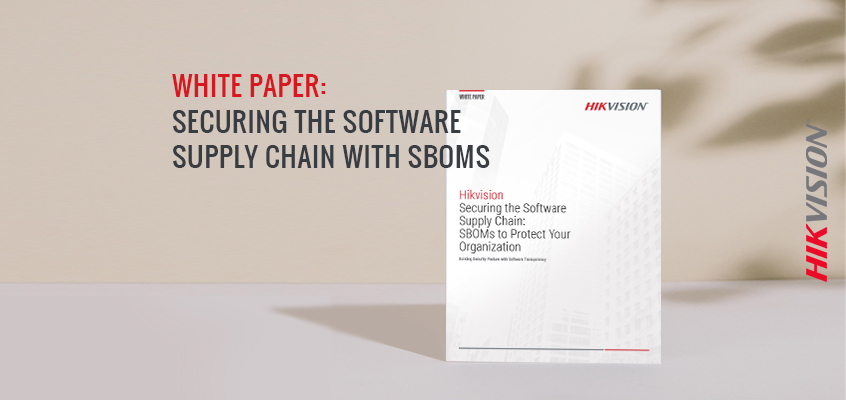Why an SBOM Will Set Your Business Up for Success

By building a database of applications and network assets with up-to-date SBOMs, organizations can better understand the risks created by software running on their networks
Without transparency in software, organizations are more susceptible to vulnerabilities that could become threats. Software is embedded across technology in all sectors, including the utility, defense, and banking industries, that, if disrupted, will have vast effects on users’ everyday lives. For example, Jen Easterly, Director of the U.S. Cybersecurity and Infrastructure Agency (CISA), called the recent Log4Shell vulnerability, which affected millions of users, the “most serious” vulnerability she has seen in her career. To mitigate risk, software vendors should employ a Software Bill of Materials (SBOM), outlined in our recent white paper, “Securing the Software Supply Chain: SBOMs to Protect Your Organization,” which includes three minimum components designed to identify and mitigate the threat of vulnerabilities being exposed.
Following the Log4Shell attack, CISA officials recommended that businesses implement an SBOM to rapidly respond to software vulnerability threats. An SBOM keeps a formal record of the components that make up each software package. This gives visibility to the purchaser of the software so they understand what is running on their systems and can make informed decisions on how to mitigate risk associated with vulnerabilities in the software they run. In our latest white paper, we detail the best practices to build security posture with transparency. At the bare minimum, an SBOM needs the following three elements in order to be successful:
- Data Fields: Documentation of baseline information like supplier name, component name and the version of the component, amongst others, which give identifying information
- Automation Support: Reinforcement of automation processes, like machine-readability, which allow for scaling across the software ecosystem
- Practices & Processes: Establishment of a clear definition of the operations of SBOM logistics like use frequency, depth and distribution, among others
When businesses create SBOMs that are inclusive of the three minimum elements, they can be seamlessly integrated into operations, regardless of whether the software is in development or if it has been working in a user’s system for years.
The increased visibility SBOMs provide for an organization has impacts across lines of business. SBOMs help reduce unplanned work by offering better visibility into the codebase, which leads to better prioritization and faster delivery for code updates. SBOMs also provide a more targeted security analysis process by deciding what code components might raise red flags and enabling better governmental compliance with policies.
Most importantly, by building a database of applications and network assets that are able to be cross-referenced with up-to-date SBOMs, organizations can become proactive instead of reactive while also learning about the factors affecting their security risk profiles from the software provider levels. By looking at the entirety of their supply chain, they can look for gaps and vulnerabilities and proactively plan against supply chain attacks, ultimately mitigating their overall organizational risk and accelerating their vulnerability management. When properly deployed and maintained, SBOMs can offer not only security and peace of mind, but greater overall business efficiency through visibility, which, in turn, enables prioritization and better management.
Learn more about SBOMs in our latest white paper: “Securing the Software Supply Chain: SBOMs to Protect Your Organization.”
